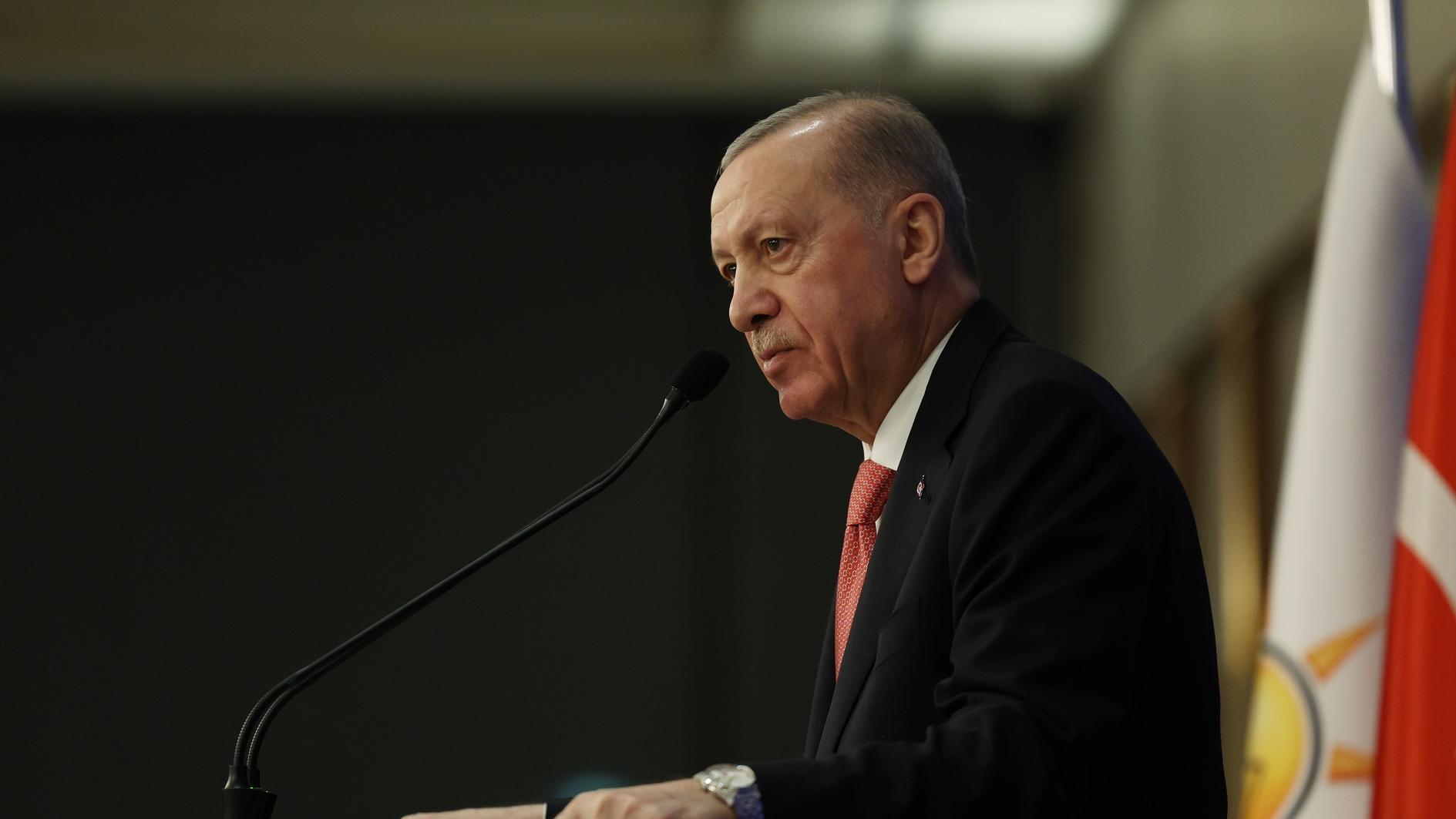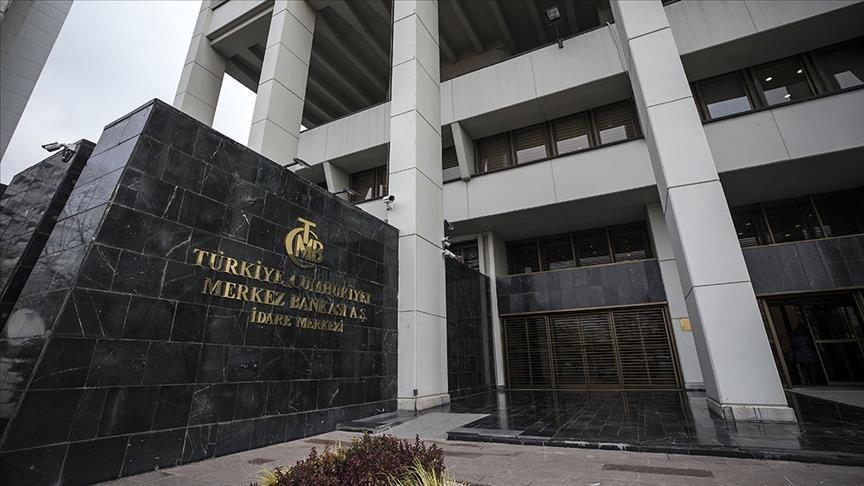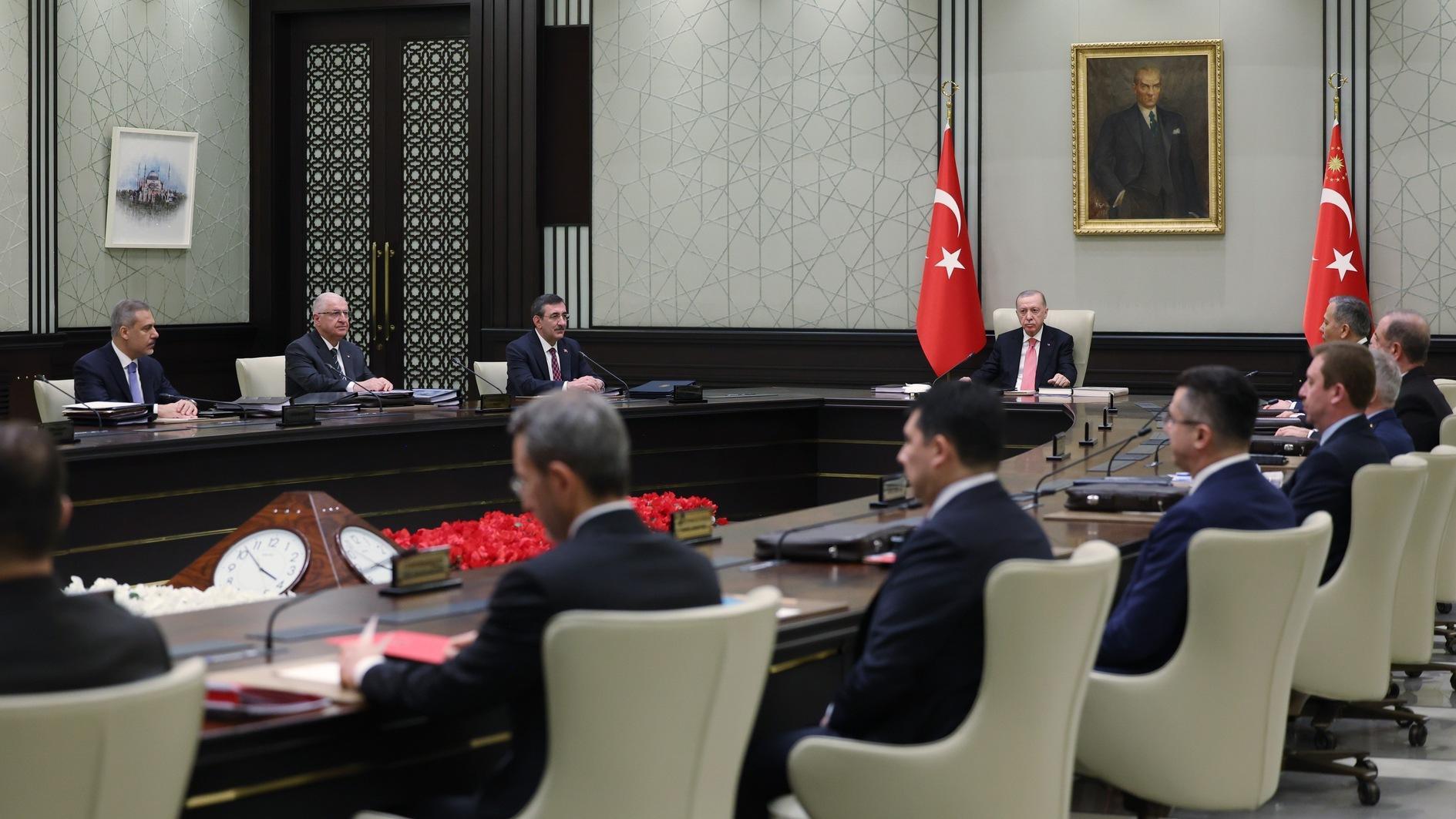Turkey's cultural politics revealed at SALT
ISTANBUL - Hürriyet Daily News

Istanbul’s SALT Beyoğlu is currently hosting an exhibition titled “Scared of Murals,” focusing on Turkey between the years of 1976 and 1980, a time full of political and cultural conflicts.
The late 1970s, one of the darkest and most controversial periods in modern Turkish history, comes under the spotlight in a new exhibition. The cultural politics and paintings of the era, the style and other social tendencies are all revealed in the show through journal headlines, exhibition posters, and banners.SALT Beyoğlu’s “Scared of Murals” shows how the culture industry reflected a tumultuous era in modern Turkey through a documentary style archive exhibition. The viewer is placed within the time and is thus able to see how artistic practice in Turkey has evolved.
The title, “Scared of Murals,” itself carries a story, coming from the banners used by artists during protests. The phrase came from the authorities barring them from making murals during the Kuşadası Culture and Arts Festival at the time.
A ‘research project’
The exhibition focuses on a specific aspect of cultural production that antedates the military coup of Sept. 12, 1980. It opens showing the 1976 Antalya International Film and Arts Festival, telling the story of a group of artists who were invited by the local municipality to make murals and public sculptures and the debacles that ensued. The end note of the exhibition is a group photograph that captured professionals from the worlds of literature, theater, film and criticism, taken at the open-air cinema of the Kuşadası Festival on Sept. 11, 1980, one day before the coup.
In a way, it is possible to describe the exhibition as a “research project,” open to written and visual materials that have yet to be discovered. It arouses the audience’s urge to discover and perhaps open up a similar new era in front of everyone’s eyes.

From the exhibition ‘Scared
of Murals,’ SALT Beyoğlu,
(January 31- April 21, 2013)
Photo: Cem Berk Erinil
Until now, many things have been said and done about the era, so this exhibition aims not to simply identify the era, but rather investigate what can be excavated and reinvigorated, in the hope of presenting possibilities that exist outside of the hegemonic “marketization” of the art world that marks the current time. However, on the other hand, the exhibition does in fact trace the events, newspapers and most important aspects of the era. It also shows viewers how the media and the people reacted to the events between 1976 and 1980.
The exhibition showcases the effects of the 1980 Turkish coup d’état on art and artists, and demonstrates how the 1970s were marked by violence, with armed political conflicts between right-wing and left-wing factions often effectively proxy wars between the United States and the Soviet Union.
As “Scared of Murals” shows, the intellectual left, comprised of musicians, actors, writers, directors and photographers, played an active role in the shaping of the political culture from the 1960s until the mid-1970s. The exhibition does not aim to “say something new” about the era, but rather simply reflect it as it was and as people perceived it.
The exhibition revives the period by tracing exhibitions, archives, and public arts projects such as murals. Issues are investigated around the rights of artists; the relationship between art, society and the economy; censorship; and the cultural policies of the state.
“Scared of Murals” continues at SALT Beyoğlu until April 21.
















